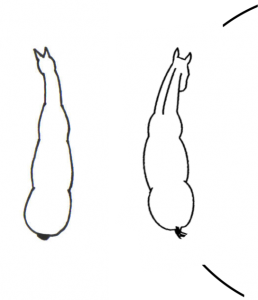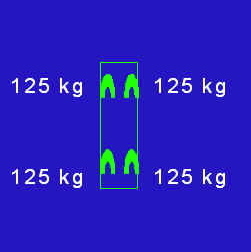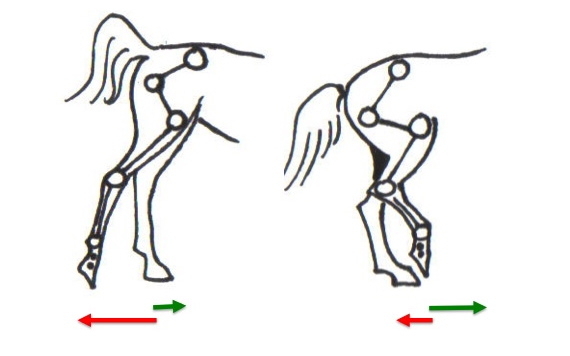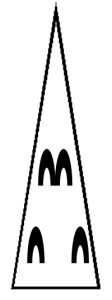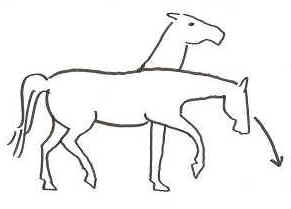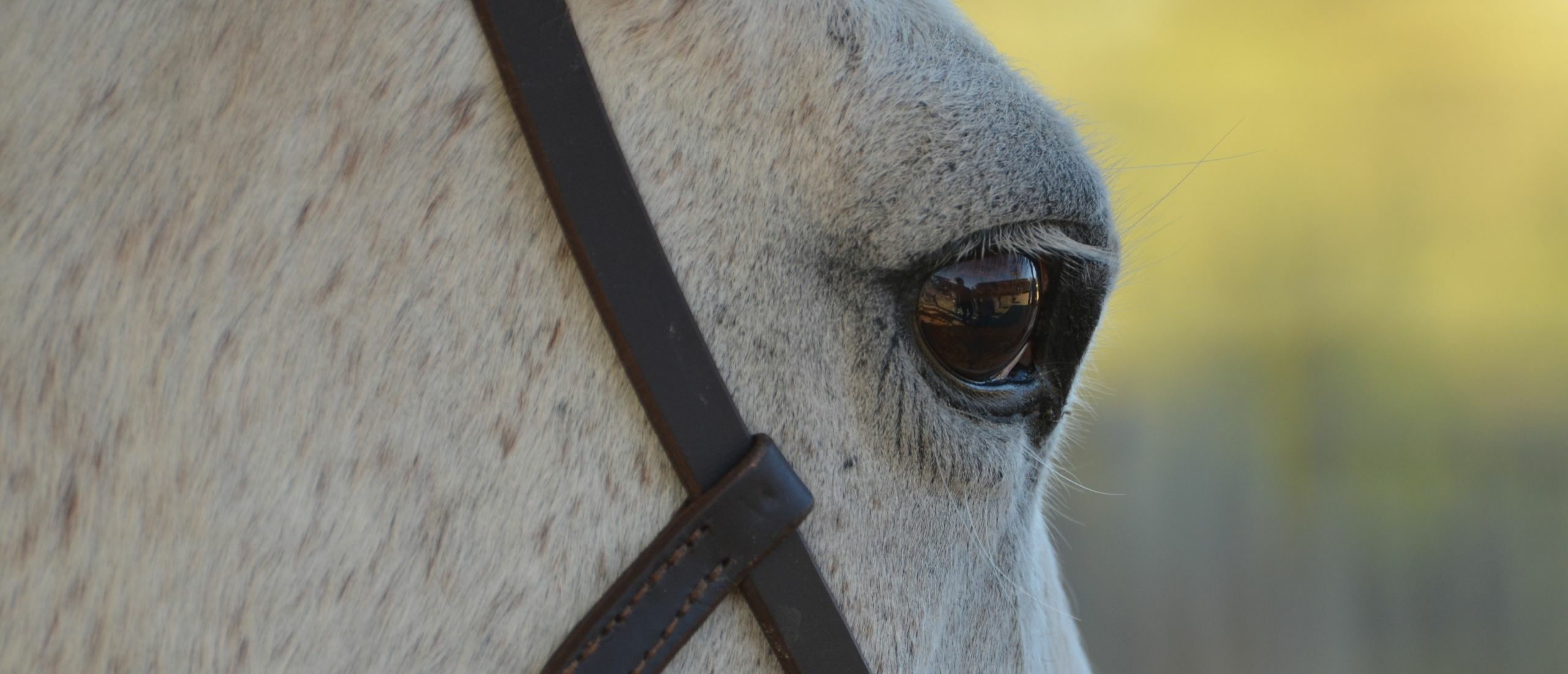
Dimensions of Straightness Training
Did you know that natural asymmetry is a muscle problem?
Which can be solved by training the muscles?
Now, this training is called Straightness Training.
And the end result is a straightened horse.
So, what do we mean by that?
Well, a straightened horse:
1. is symmetrically developed in body and limbs;
2. is symmetrical in movement and can perform all exercises equally to the left and to the right;
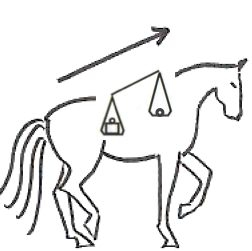
3. will let itself collect and lift in the front.
These elements together will bring your horse into a ‘riding balance’, which is actually the goal of Straightness Training.
What do we mean with a riding balance?
Well, this means that 3/5 of the body weight is carried by the hind legs.
By the way, in the natural balance of the horse, 3/5 of the body weight is carried by the front legs.
Now to get from natural balance to riding balance we need a straightened horse.
Why?
Because only a straight horse let itself be collected and lifted in the front.
And only then the front legs will move more freely, and the horse’s back will be supported properly.
Now to get to this ‘riding balance’ we need to address and be aware of the:
8 dimensions of physical Straightness Training
A straightened horse is in balance in the following dimensions:
| 1. Lateral symmetry A straightened horse lets itself be bent to both sides. It can bend flexibly to the left and to the right. |
…
| 2. Horizontal balance The body weight is equally divided over all four legs. If a horse weighs 500 kg (1100 pounds), each leg has to carry 125 kg (275 pounds). The point of weight is kept in the center, keeping the horse in balance. |
| 3. Equal front legs Both front legs show equal shoulder freedom. |
| 4. Equal hind legs Both hind legs of a straightened horse can push and carry equally. |
| 5. Correct alignment shoulders/hips During training, the horse has his hips and shoulders in alignment. Especially when going along the wall, horse places the shoulders in front of the hindquarter. |
| 6. Diagonal balance Straightness training prevents the horse from leaning in on the inside shoulder or out over the outside shoulder, thus preventing a diagonal movement in the center of mass. The center of mass stays under the rider. |
| 7. Vertical balance Straightness training keeps the horse balanced vertically. |
| 8. Correct topline Straightness training enables correct usage of the back and abdominal muscles. It is important both physically and mentally for the horse to maintain a forward-down position. |
Due to Straightness Training, the horse gets into physical balance.
But also mentally, emotionally and spiritually we will make sure we fulfill his needs!
Curious for more?
Well then, let’s:

